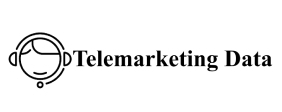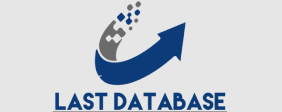Long before the digital era dominated our lives, a revolutionary concept was taking shape – electronic mail. Email Evolution Navigating The birth of email marked the dawn of a new chapter in communication, one that would eventually reshape the way we connect, collaborate, and share information.
The Digital Epistolary
Email, at its core, is a modern manifestation of the age-old practice of sending letters. What once required parchment and ink now happens at the speed of light, transcending India Email List physical barriers and temporal limitations. The evolution of email has mirrored the progression of technology, adapting and innovating with each passing year.
The Rise of User-Friendly Interfaces
In conclusion, Gone are the days of command-line email interfaces accessible only to tech-savvy users. The advent of user-friendly interfaces brought email to the masses. Services like Hotmail and Yahoo Mail pioneered accessible web-based platforms, making it possible for anyone with an internet connection to create an email address and start communicating digitally.
Email Attachments: Beyond Text
Above all, The introduction of email attachments was a watershed moment. Suddenly, messages weren’t limited to text alone. Documents, images, and files could be seamlessly BS Leads shared across the digital landscape. This evolution transformed email into a versatile tool for business, education, and personal communication.
Email in the Mobile Age
For instance, The advent of smartphones brought email into our pockets, enabling constant connectivity. Email apps and push notifications made sure that important messages were never missed. This transformation turned email into a portable office, allowing professionals to stay productive on the go.
The Future: Intelligent Communication
In other words, Looking ahead, email is poised to undergo another revolution, this time driven by artificial intelligence. Predictive typing, smart categorization, and automated responses are just the beginning. With the integration of AI, email will become even more efficient and effective, adapting to our preferences and simplifying our digital lives.
Tags: B2C Email List, Buy Email Database, Consumer Email Database, Country Email List, India Email List, Mailing List






